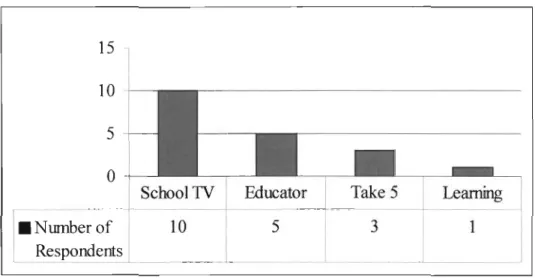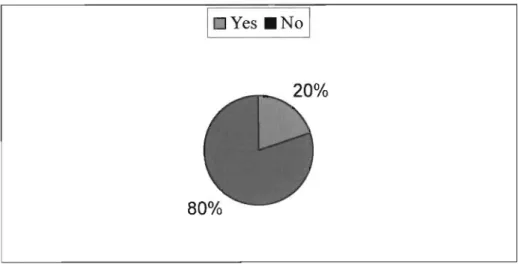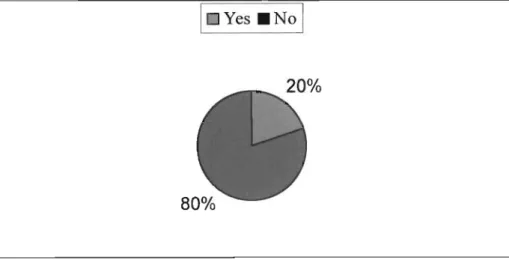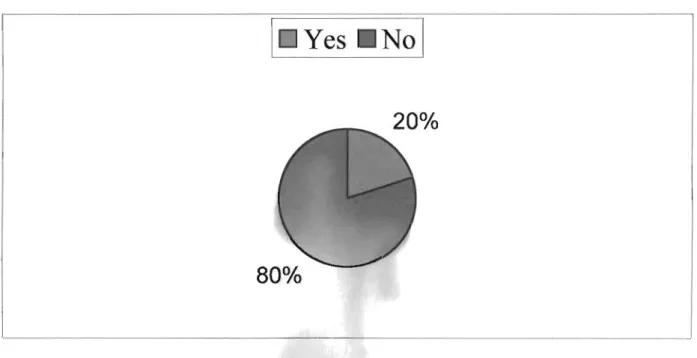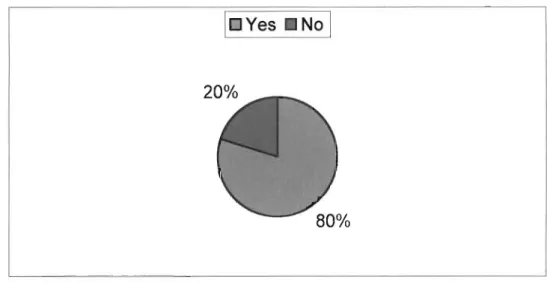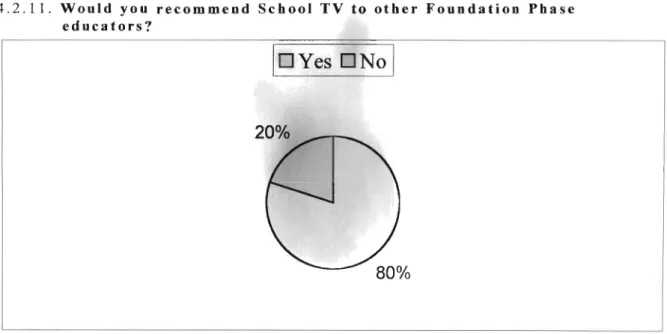School TV is an ideal tool to support and promote new teaching and learning strategies such as Outcomes Based Education. The research findings from this study provide valuable information on the preference and use of SABC School TV in foundation stage classrooms. School television should not be seen as a panacea, but as an extremely powerful tool to support and assist the improvement and development of education in South Africa.
This research is therefore an attempt to assess the use of School TV in improving teaching and learning in the Foundation Phase at Acacia Primary School. Investigate the suitability of School TV to support learners and educators to master technology. The extent to which School TV can fulfill the expectation and promise will be determined in this study.
INTRODUCTION
OVERVIEW OF HISTORICAL DEVELOPMENT OF EDUCATIONAL TELEVISION
Tomaselli & Tomaselli (1989:6) aptly state that broadcasting can be seen as a new and powerful form of social integration and control. Many of its uses can be seen as socially, commercially and at times politically manipulative. The early phase of optimism was tempered from the mid-1970s to the early 1990s by a period of disillusionment and skepticism.
The SAIDA Report (1998) also identified the mid to late 1990s as a third phase of new optimism and opportunity for educational broadcasting.
THEORIES ON EDUCATIONAL TELEVISION
In the final phase, it is clear that educational broadcasters have become valued members of the educational scenario when they become providers of educational resources (SAl DE 1998). joined forces to develop and produce high-quality attractive programs. The multimedia approach required an analysis of design elements in learning systems, i.e. analysis of media, learner, subject and situational factors. In the end, an intuitive decision must be made, but based on a careful analysis of the situation.
In the light of the above, UNESCO's Delors Commission (1996) adequately describes the framework of the new curriculum, which it calls the pillar of education.
VIEWS ON TELEVISION AS AN EDUCATIONAL MEDIUM
USES OF EDUCATIONAL TELEVISION
Educational television can also stimulate educators to reconsider curriculum options, to evaluate pedagogical methods now in practice. The rural child sees life in the city and the city child sees life in the country, different consumption patterns and economic structure, alternative religious forms, cultural patterns and sexual role models become available. Educational television is critical to equalizing educational opportunity by providing instructional presentations that are universal regardless of gender, race, ethnic background, or economic circumstances.
It means better preparing students to be effective and fulfilling members of the community at large. Educational television stimulates improved classroom interaction, initiates and reinforces cognitive learning, and motivates better classroom behaviors. In some countries, the main means of achieving some educational goals has been television.
It conveys multiple meanings and may require thinking skills that are not exploited by the symbol systems of many other educational media. A UNESCO (1981) report on the impact of educational television on young children suggests that the appeal of many ETV programs such as Sesame Street may be due to a combination of well-functioning transmission technology and symbol. Documentary-style open-ended programs that articulate their educational purpose can be valuable learning resources when used to encourage students to interpret, analyze, and solve problems.
The articulation of the educational purpose is important to show credibility and guidance, 0den r w i se, ass0 0ft and ha p pen s, it would be lost. We do not want to eradicate television from our students' lives, but we should ensure that students who watch are informed with knowledge and mature understanding of the medium.
SABC - EDUCATIONAL INITIATIVES
However, to encourage these skills rather than simply presenting documentaries requires educationally designed programs moving from highly didactic to more open programs. Some of the issues covered in Soul City are AIDS, tobacco, tuberculosis, violence, alcohol, land and housing. In 1999, SA BC successfully launched School Television, an innovative new daytime television service to support primary schools.
School TV is a multimedia intervention that includes a daily television service in seven languages as well as print and web-based support for educators. Skole-tv has also initiated a project to provide equipment, teacher training and outreach support to disadvantaged schools. School TV is based on the SABC's mandate as a public broadcaster to support schooling and the new curriculum initiative: curriculum 2005.
The first focus of the school-based service is to provide learning resources to support the foundation phase. The school's television services are broadcast for 40 weeks a year on SABC 2, during school hours, Monday to Friday from 10hOO to 12hOO. The courses cover the curriculum for the three learning areas in the foundation phase, namely literacy, numeracy and life skills.
Kutaan Barnoota Biyyaalessaa fi tajaajilli barnootaa SABC afaanota hedduu akka qabeenyaatti beekuun barsiisonni barattoonni afaanota Afrikaa Kibbaa hedduudhaaf akka saaxilan ni jajjabeessa. TVn mana barumsaa sagantaalee afaanota armaan gadiitiin dhiyeessa: Sesotho, Sepedi, English, Setswana, isiZulu, isiXhosa fi Afrikaans.
I. INTRODUCTION
- RESEARCH METHODOLOGY
- RESEARCH INSTRUMENT
- LITERATURE SURVEY
- SAMPLE AREA
- BRIEF HISTORY OF ACACIA PRIMARY SCHOOL
- SAMPLE POPULATION
- ANALYSIS OF EDUCATOR QUESTIONNAIRES
Groups R and 1 watch an average of 2 hours of school TV per week, while groups 2 and 3 watch an average of 3 hours of school TV per week. 100% of respondents said they would like to spend more time watching School TV. Acacia Primary School must be commended for the initiative taken to make full use of its limited resources, only one television set, and for devising a timetable system that allows all Primary Phase classes to watch School TV.
However, the research strongly suggests that this school will purchase at least one more television set, as the School would be planning TV programs for the intermediate phase in the year 2001. Respondents strongly suggested that the School TV programs would be broadcast from 9am to 12pm. and from 1 a.m. to 12 p.m. 40% of respondents watch School TV in the library and 60% of respondents watch School TV in the multipurpose room.
Group R and Group I watch School TV in the library, as this location can only accommodate one. However, respondents did indicate that they would like to watch School TV in their own classroom. The remaining 30% (3 out of 10) of respondents watch School TV in English, Isizulu and Afrikaans.
Weaker students use the school TV period for daydreaming and conventional classroom activities are more interactive. The researcher believes that TV School requires greater commitment from educators because TV School offers educators greater freedom with greater responsibility in terms of lesson preparation and learning facilitation.

Yes _No I
ANALYSIS OF INTERVIEW
School TV has been in use at Acacia Primary School for about two years and its use has grown by leaps and bounds. Currently, School TV programs are designed to support the Foundation Phase of General Education and Training and are guided by the requirements of Curriculum 2005. The Foundation Phase of Acacia Primary School commends the South African Broadcasting Corporation for recognizing that School TV programs in isolation is insufficient to take optimal advantage of and for the printing of support materials in the form of resource books and program schedules, for educators.
Although it is the ideal situation to have a television set in every classroom so that you can take full advantage of School TV. The SABC could further promote the use of School TV by introducing extrinsic rewards for students, teachers and schools in the form of competitions. It appears that the broadcast medium plays a crucial role in determining the viewing timetable for the Foundation Phase at Acacia Primary School.
Govender, the Foundation Phase Head of Department, was outspoken enough to state that School TV could be misused by teachers as an emergency response session. Involvement and dedication are the two pillars on which the success of School TV and OBE rests. The implementation of School TV does not imply that there is no preparation on the part of the educator.
From the interview, it was clear that Skole-TV has lots of promise, and it is good for the education system. School television could be a catalyst for the successful implementation of OBE, as a one-week workshop of cascading information would not be sufficient to accommodate this paradigm shift in education.
INTRODUCTION
- RECOMMENDATION
School TV respects and promotes the multiculturalism and multilingualism that prevails in South Africa. 40% of respondents felt that introducing too many languages to primary stage pupils could cause confusion. This means that School Television programs in the other four languages did not fall under the language policy of the research institution.
The majority of teachers in this survey see a massive shift from the traditional role of the teacher as the exclusive custodian of knowledge to the teacher as one of many resources available to students. The SABC and the Department of National Education have forged a partnership to help transform South Africa's education and training system. This could be a tremendous help to educators, but a major concern is the educator's willingness to integrate the School TV program into the curriculum.
30% of respondents treated School TV programs and program-related activities as separate events from the rest of the curriculum. Television is a very rich medium because of the number of types of presentation characteristics it can carry simultaneously. Despite Acacia Primary being located in an exceptionally low socio-economic area, only 10.2% of Foundation Phase learners did not have a television set.
School television must be integrated into the curriculum framework so that the country as a whole can reap the benefits of the medium. The SA BC and the Department of National Education have not used the full power of the mass media to promote educational broadcasting, especially School TV. Providing educational broadcasts should not be the sole responsibility of the national broadcaster and the government.
Please indicate which days of the week your class watches educational television at school.
OhOO·12hOO
WEEK 21) 17 JULY· 21 JULY 2000
MON TUES WED THURS' FRI

